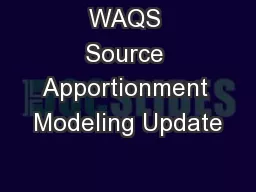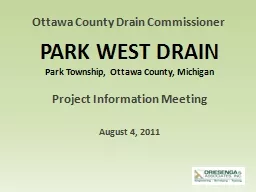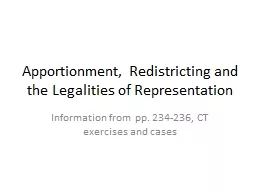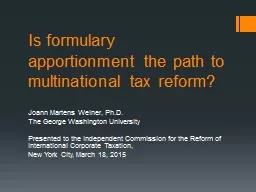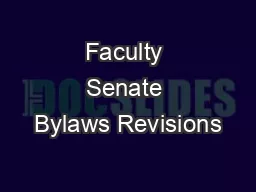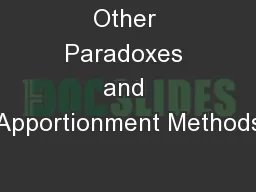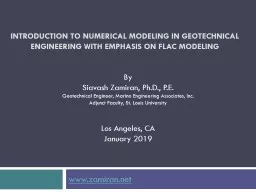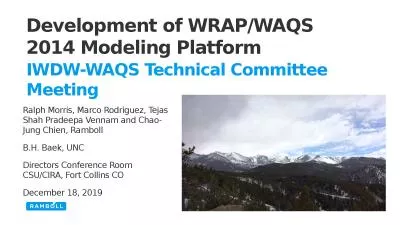PPT-WAQS Source Apportionment Modeling Update
Author : faustina-dinatale | Published Date : 2017-03-18
Ralph Morris IWDWWAQS Technical Committee January 12 2016 Fort Collins Colorado 1 Content Source Apportionment SA Overview of WAQS Source Apportionment Plan Round
Presentation Embed Code
Download Presentation
Download Presentation The PPT/PDF document "WAQS Source Apportionment Modeling Updat..." is the property of its rightful owner. Permission is granted to download and print the materials on this website for personal, non-commercial use only, and to display it on your personal computer provided you do not modify the materials and that you retain all copyright notices contained in the materials. By downloading content from our website, you accept the terms of this agreement.
WAQS Source Apportionment Modeling Update: Transcript
Download Rules Of Document
"WAQS Source Apportionment Modeling Update"The content belongs to its owner. You may download and print it for personal use, without modification, and keep all copyright notices. By downloading, you agree to these terms.
Related Documents

